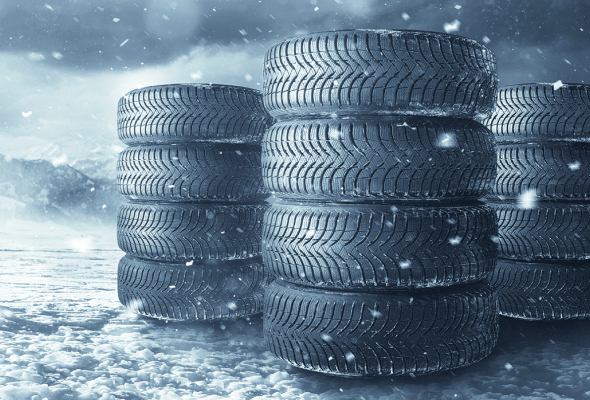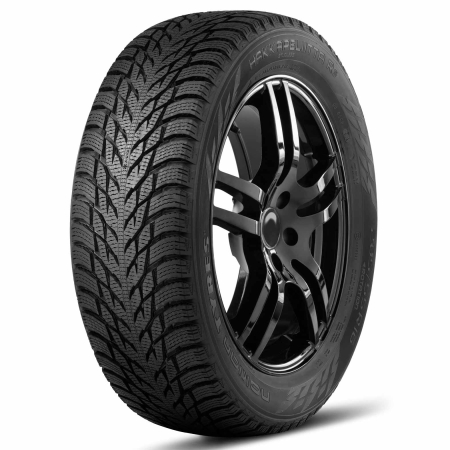Online – orders
+371 265 939 91
Popular sizes

Large assortment
Here you can find tires for any car 
Quality
Guaranteed product quality 
Shipping all over Latvia
We deliver quickly and completely FREE Winter tires sale
How to choose the right tires for your car?
The choice of winter tires depends on many factors:
- Operating conditions
- Car type
- Your driving style
The main things to pay attention to:
- Tire size
- Tire type (studded or non-studded)
- Speed and load index.

When to change tires to winter ones in Latvia?
Winter tires are mandatory in Latvia from December 1 to March 1, with a minimum tread depth of 4 mm. Studded tires may be used from October 1 to May 1. Winter tires vary in rubber composition, tread depth, and sipes, which provide better grip on snowy or icy roads, but in summer they lose efficiency, wear out faster, and create more noise.
BRAKING AT -10°C WITH ABS ON

Winter tires with studs 35 M

Soft compound winter tyres 45 M

All-season M+S tires 65 M

Summer tires 105 M
Signs that it's time to look for new winter tires:
Tread wear rate:
if the tread depth is less than 4 mm.Uneven wear:
if the tires are worn unevenly or have visible damage.Noise and vibration:
increased noise or vibration when driving.Traction problems:
decreased traction on slippery surfaces.Tyre age:
if the tires are older than 5-6 years, even if they look normal.Advantages and disadvantages of different types of winter tires
Winter tires are divided into three types: European, Scandinavian and studded tires, each with its own advantages and disadvantages.



















